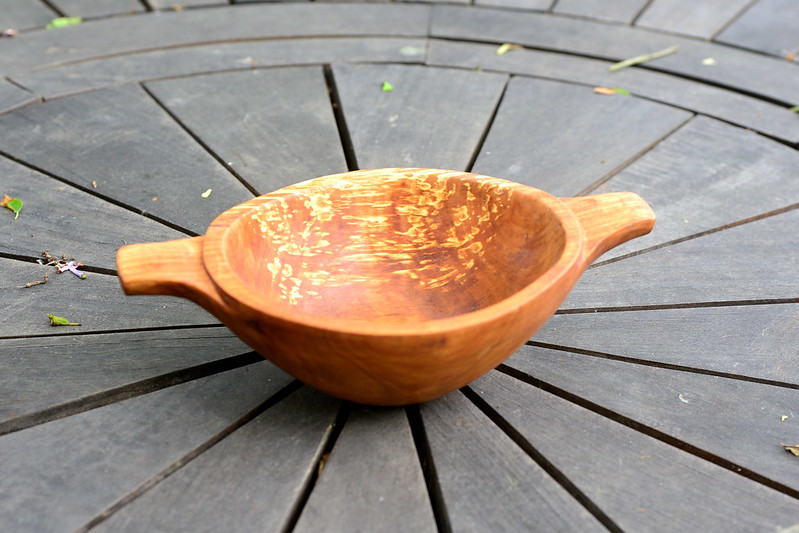This is a once-turned green cherry bowl that's been drying and warping in the boiler room about a month -

The log had been hanging around some time, hence the staining. At one edge, there's some decay -

It's pretending to be worm activity to my eye, but there don't seem to be any holes, just areas of decay and no cavity as far as I can tell. Any ideas what this is/ why it's going on? I've seen that kind of shape quite often in wood that's decaying. And am I right thinking it's not worm activity?
Thanks.

The log had been hanging around some time, hence the staining. At one edge, there's some decay -

It's pretending to be worm activity to my eye, but there don't seem to be any holes, just areas of decay and no cavity as far as I can tell. Any ideas what this is/ why it's going on? I've seen that kind of shape quite often in wood that's decaying. And am I right thinking it's not worm activity?
Thanks.




































